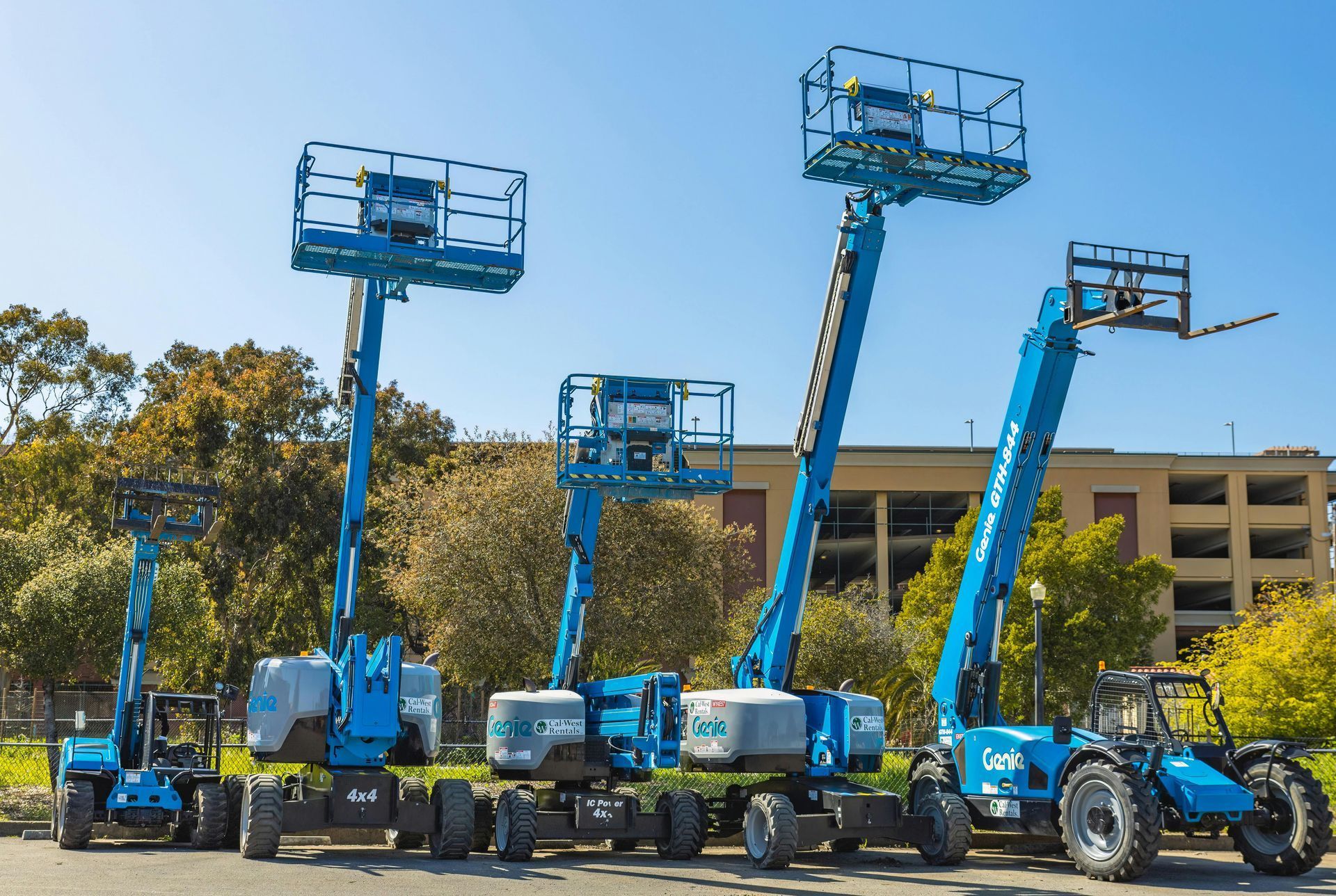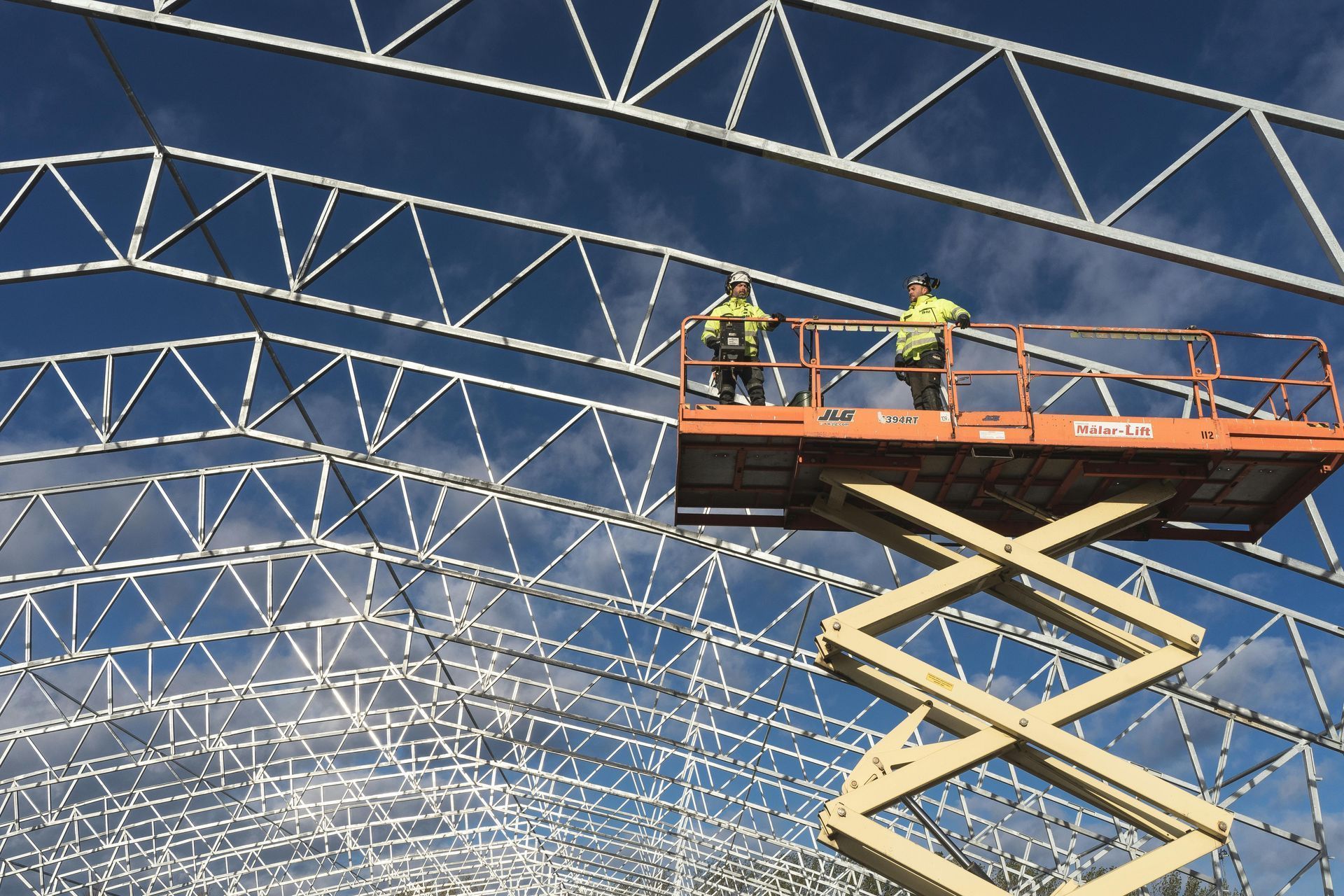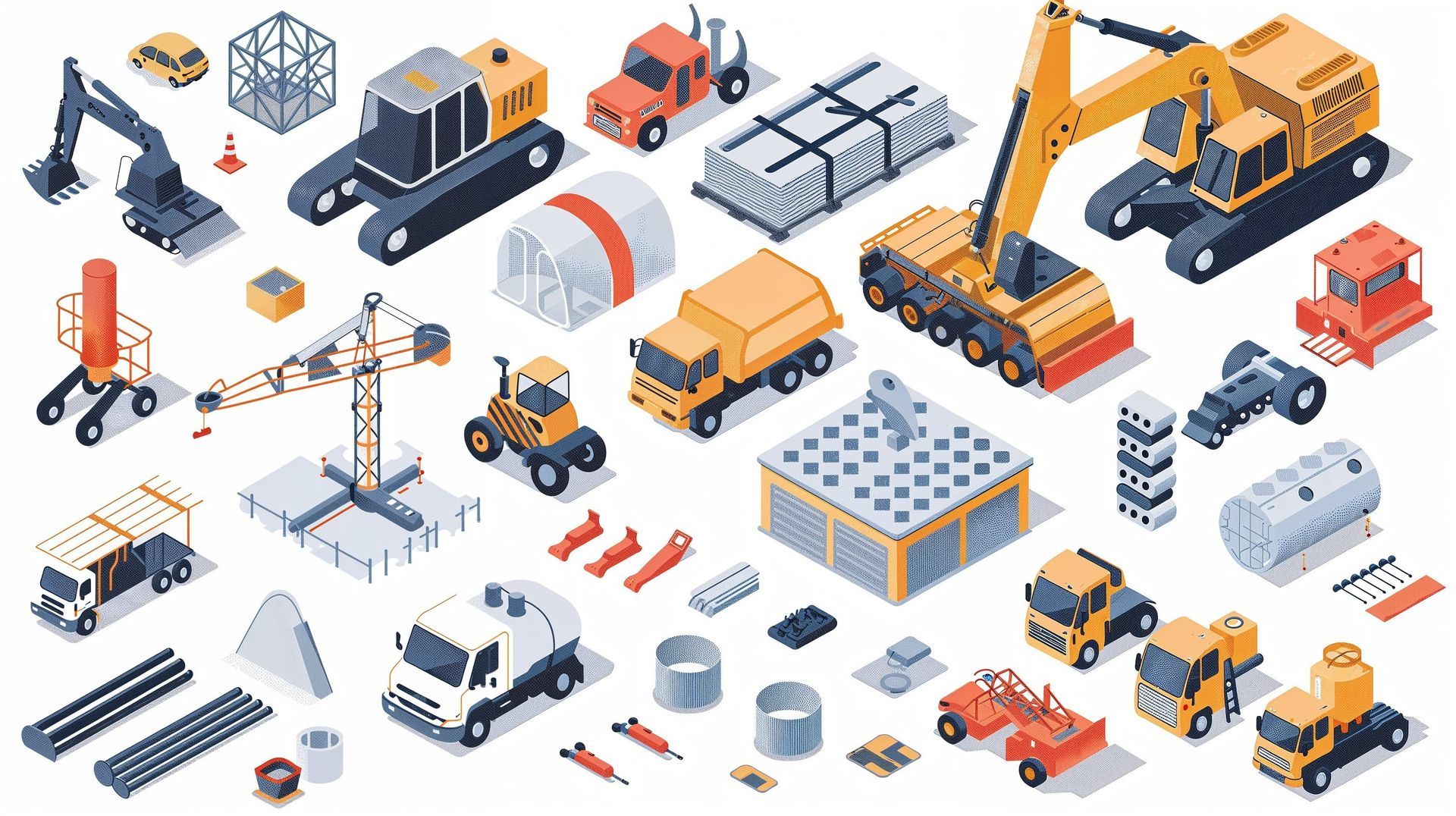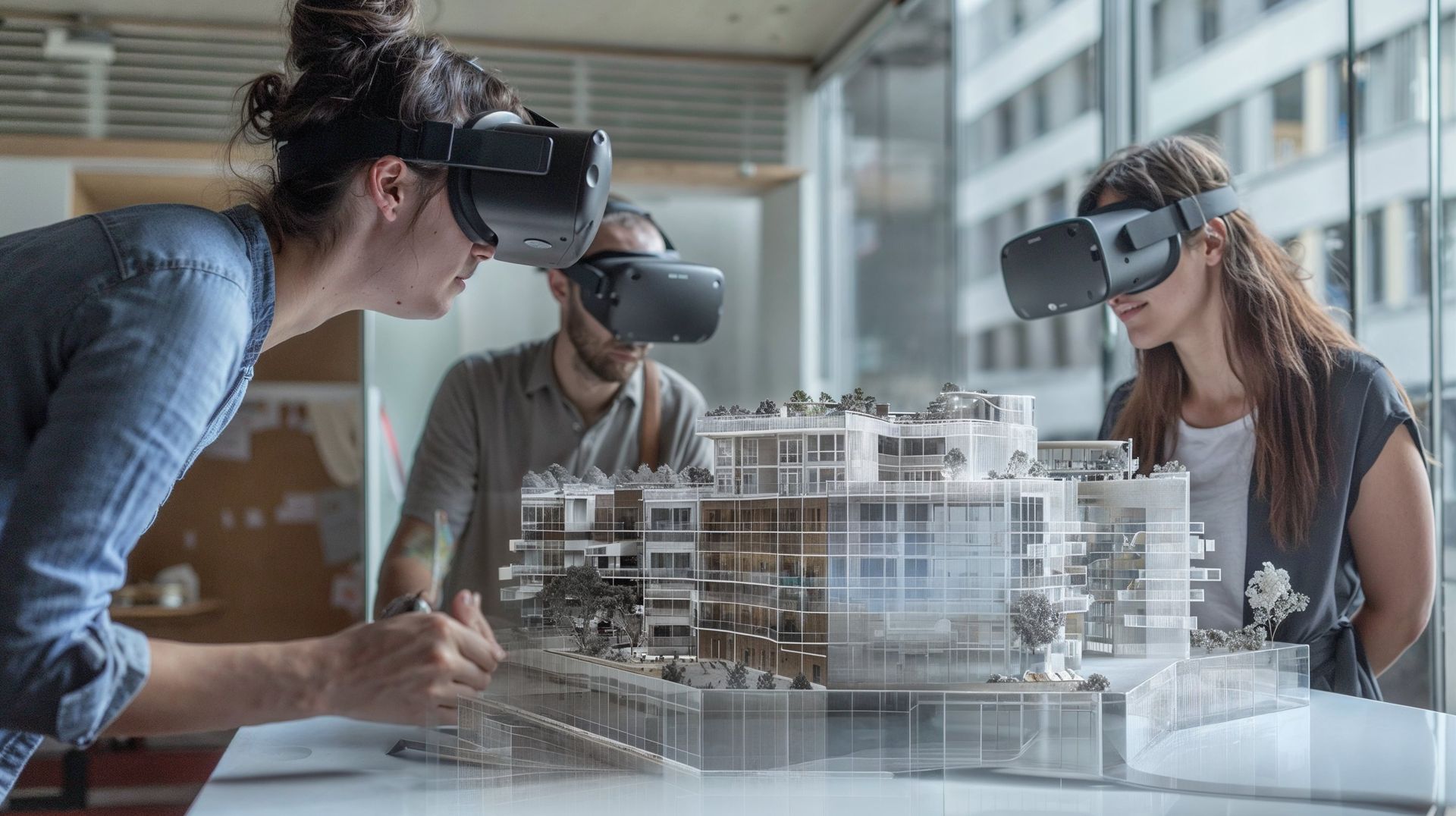Green Building Practices: How Sustainable Construction is Shaping the Future
Embracing Sustainability: The Role of Green Building Practices in Modern Construction

As the global community becomes increasingly aware of environmental issues, the construction and equipment industry is undergoing a significant transformation. Sustainable practices, commonly known as green building, are at the forefront of this change, emphasizing the use of eco-friendly materials, energy-efficient designs, and practices that reduce environmental impact. JM Development is proud to be a part of this movement, committed to supporting businesses with essential services that align with sustainable practices. This article explores the latest trends and technologies in green building, highlighting JM Development's role in promoting sustainability through equipment rentals, sales, maintenance, and safety training.
The Importance of Sustainable Practices in Construction
Sustainable practices aim to reduce the environmental footprint of construction activities while enhancing their economic and social benefits. This approach addresses the entire lifecycle of construction projects, from planning and execution to maintenance and decommissioning. Key principles include resource efficiency, reducing waste, minimizing energy consumption, and improving safety and operational standards. By adopting these principles, the construction industry can contribute to environmental conservation, reduce greenhouse gas emissions, and create safer, more efficient work environments.
Trends in Green Building Practices
1. Eco-Friendly Materials
The use of eco-friendly materials is a cornerstone of sustainable construction. These materials are sourced responsibly, have a lower environmental impact, and often provide better performance and longevity. Some of the most popular eco-friendly materials include:
- Recycled Materials: Incorporating recycled steel, glass, and concrete can significantly reduce the demand for new raw materials and decrease waste.
- Bamboo: As a fast-growing renewable resource, bamboo is an excellent alternative to traditional timber. It is strong, durable, and versatile.
- Reclaimed Wood: Using reclaimed wood from old buildings or furniture reduces deforestation and gives new life to existing materials.
- Low-VOC Paints and Finishes: Volatile organic compounds (VOCs) can harm indoor air quality. Low-VOC paints and finishes minimize these emissions, creating healthier environments.
2. Energy-Efficient Designs
Energy efficiency is a critical aspect of green building practices. By reducing energy consumption, buildings can lower operational costs and minimize their carbon footprint. Key strategies for energy-efficient designs include:
- Insulation: Proper insulation in walls, roofs, and floors helps maintain consistent indoor temperatures, reducing the need for heating and cooling.
- High-Performance Windows: Double or triple-glazed windows with low-emissivity coatings prevent heat loss and gain, improving energy efficiency.
- Renewable Energy Sources: Solar panels, wind turbines, and geothermal systems provide clean, renewable energy for buildings, reducing reliance on fossil fuels.
- Smart Building Systems: Advanced automation and control systems optimize energy use by adjusting lighting, heating, and cooling based on occupancy and weather conditions.
3. Water Conservation
Water conservation is another crucial element of sustainable construction. Efficient water management reduces consumption, lowers utility costs, and mitigates the impact on local water resources. Effective water conservation strategies include:
- Low-Flow Fixtures: Installing low-flow faucets, showerheads, and toilets can significantly reduce water usage without compromising performance.
- Rainwater Harvesting: Collecting and storing rainwater for non-potable uses, such as irrigation and toilet flushing, conserves potable water supplies.
- Greywater Recycling: Treating and reusing greywater from sinks, showers, and laundry for landscape irrigation reduces the demand for fresh water.
Technologies Driving Sustainable Construction
1. Building Information Modeling (BIM)
Building Information Modeling (BIM) is a digital technology that revolutionizes the planning, design, and construction processes. BIM enables the creation of detailed 3D models that integrate architectural, structural, and mechanical systems. This holistic approach allows for better collaboration, reduces errors, and optimizes resource use. BIM also supports sustainability by facilitating energy analysis, material selection, and lifecycle assessments.
2. Prefabrication and Modular Construction
Prefabrication and modular construction techniques involve assembling building components off-site in controlled environments. These methods offer numerous sustainability benefits, including:
- Reduced Waste: Precise manufacturing processes minimize material waste and allow for the reuse of excess materials.
- Energy Efficiency: Controlled environments enable the use of energy-efficient production methods and materials.
- Faster Construction: Prefabricated components can be quickly assembled on-site, reducing construction time and minimizing disruption to the surrounding environment.
3. Green Roofs and Walls
Green roofs and walls, also known as living roofs and walls, integrate vegetation into building structures. These systems offer several environmental advantages, including:
- Thermal Insulation: Vegetation provides natural insulation, reducing the need for heating and cooling.
- Stormwater Management: Green roofs and walls absorb rainwater, reducing runoff and mitigating the risk of flooding.
- Air Quality Improvement: Plants filter pollutants from the air, enhancing indoor and outdoor air quality.
- Biodiversity: Green roofs and walls create habitats for various plant and animal species, supporting urban biodiversity.
4. Sustainable Building Certifications
Achieving sustainability goals often involves adhering to established standards and certifications. Several certification programs recognize and promote sustainable building practices:
- LEED (Leadership in Energy and Environmental Design): Developed by the U.S. Green Building Council, LEED certification evaluates buildings based on criteria such as energy efficiency, water conservation, and indoor environmental quality.
- BREEAM (Building Research Establishment Environmental Assessment Method): BREEAM is a comprehensive assessment method that evaluates buildings' sustainability performance across various categories.
- WELL Building Standard: The WELL Building Standard focuses on the health and well-being of building occupants, addressing factors such as air quality, lighting, and comfort.
JM Development's Commitment to Sustainability
At JM Development, sustainability is more than a trend—it's a core value that guides our operations and projects. Our commitment to sustainability is reflected in the comprehensive suite of services we offer, designed to support businesses in achieving their green building goals.
Equipment Rentals and Sales
JM Development provides high-quality equipment rentals and sales for both aerial and civil construction needs. Our inventory includes eco-friendly and energy-efficient machinery, ensuring that your projects are equipped with the best tools for sustainable construction. From lifts to excavators, our equipment is maintained to the highest standards to minimize environmental impact and maximize efficiency.
Maintenance and Servicing
Regular maintenance and servicing of machinery are crucial for sustainability. JM Development offers expert maintenance services for customer-owned equipment, ensuring that your machinery operates at peak efficiency and complies with environmental standards. Our team of experienced technicians is dedicated to extending the lifespan of your equipment and reducing downtime, which in turn minimizes waste and resource consumption.
OSHA Standard Certification Classes
Safety and sustainability go hand in hand. JM Development provides OSHA Standard certification classes across the United States, helping businesses comply with safety regulations and promote a culture of safety on job sites. Our training programs cover equipment operation, hazard recognition, and best practices for maintaining a safe and sustainable work environment.
Long-Term Benefits of Sustainable Construction
Sustainable construction offers numerous long-term benefits for the environment, businesses, and communities:
Environmental Benefits
- Reduced Carbon Footprint: Energy-efficient designs and renewable energy systems lower greenhouse gas emissions, mitigating climate change.
- Conservation of Natural Resources: Using sustainable materials and water conservation techniques preserves natural resources and reduces environmental degradation.
- Waste Reduction: Sustainable construction practices minimize waste generation and promote the reuse and recycling of materials.
Economic Benefits
- Lower Operating Costs: Energy-efficient buildings have reduced utility bills, providing significant cost savings over time.
- Increased Property Value: Sustainable buildings often have higher market values and attract environmentally conscious buyers and tenants.
- Incentives and Grants: Many governments and organizations offer financial incentives, grants, and tax credits for sustainable construction projects.
Social Benefits
- Improved Health and Well-Being: Sustainable buildings prioritize indoor environmental quality, providing healthier living and working spaces for occupants.
- Enhanced Productivity: Comfortable, well-ventilated, and well-lit environments contribute to higher productivity and job satisfaction.
- Community Engagement: Sustainable construction projects often involve community engagement and education, fostering a sense of responsibility and connection to the environment.
Conclusion
Sustainable construction is shaping the future of the building and equipment industry, driven by the need to address environmental challenges and create safer, more efficient workspaces. JM Development is committed to leading this transformation by providing essential services that support sustainable practices. From equipment rentals and sales to maintenance and safety training, our comprehensive solutions are designed to help businesses achieve their sustainability goals. Together, let's build a future that values sustainability, efficiency, and excellence.
#GreenBuilding #SustainableConstruction #EcoFriendlyMaterials #EnergyEfficientDesigns #WaterConservation #BuildingInformationModeling #GreenRoofs #LEEDCertified #BREEAM #WELLBuildingStandard #JMDifference #SustainableFuture #ConstructionInnovation #EnvironmentalImpact #HealthyBuildings #SmartBuildingSystems #RenewableEnergy #SustainableLiving #ConstructionExcellence #CommunityEngagement #BuildingBetter #ClimateAction #SustainabilityMatters #EcoConstruction #BuildingTheFuture










